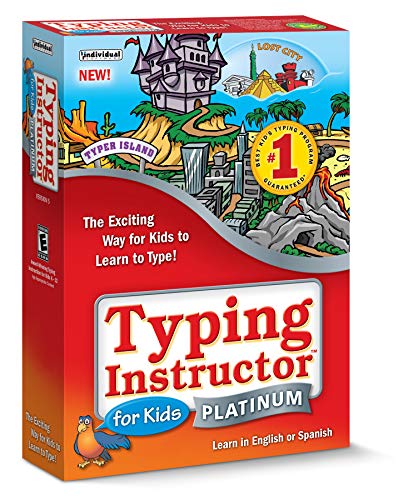

In the first three modes, the player's character (Mario, Luigi, or Peach) cannot advance unless they hit the correct key. The information on the fifth option's report card is based on the player's most recent performance per mode. It calculates the time, average WPM, incorrectly pressed keys, and the total of keys typed. The first four modes have a dashboard on the bottom screen (except the fourth mode, Practice, which displays it on the top). The fifth mode simply provides information of the player's in-game performance. The second and third mode are only playable if the player either has a high WPM goal or reaches it. To access a mode, the player can either click on the icon or type in the corresponding number displayed on it. The main menu has five playable modes, each represented by an icon on the right side. The latter most option adds the largest variety of keys during gameplay. The options include: "Home Row Only", "Add Top Row", "Add Bottom Row", "Add Numbers", "Add Symbols", and "All Keyboard". This especially occurs in the first mode, Outdoor World. The third menu, "Lessons", has six options, all of which alter the keys that appear during gameplay. The player can earn a certificate by completing every challenge it displays the message "Congratulations!" with an ASCII art of Mario and the mode they most recently completed. The "Student" menu also has the "Load" option for entering a student profile, the "Edit" option for editing their profile information, the "Lesson Times", which show the length of each lesson, and lastly "Certificates", which displays their certificate if they have earned one. By default, these modes are inaccessible if the user does not log on to their profile. The player can change the value to a different number, which is necessary to unlock some later modes. Each profile has a "GOAL WPM" parameter, which is five by default. However, none of the characters have unique abilities. Here, they must enter their name, select a playable character (otherwise known as their "teacher" from the report card): Mario, Luigi, or Princess Peach. The player can create a new profile from the "New" option of the "Student" dropdown menu. The last option is self-explanatory: it allows the player to exit the game (which is also doable with the 'q' key). The first mode provides a single screen of the in-game credits, the second mode is essentially a summarized version of the manual, the third mode shows a gameplay demo for each mode. The File menu has four main options, including the option to activate or deactivate sound effects and music: About, Help, Demo, and Quit. There are three dropdown menus, "File", "Student", and "Lesson". When the game starts, the player is taken to a main menu. Most of the gameplay involves the player typing in a sequence of keys in correspondence to what the computer screen displays. This is his very first appearance in a video game as Mario, predating his major debut in Super Mario 64 by two years.
#Arcade typing tutor macintosh mac#
In the CD-ROM Windows and Mac versions, a floating Mario head acts as a narrator and guide to the game, this time voiced by Charles Martinet.

In that version, he was voiced by Ronald B. The MS-DOS version is the very first Mario video game where Mario speaks. Mario Teaches Typing eventually spawned a sequel in 1996, Mario Teaches Typing 2. All of the game's music was sampled from Super Mario World. As the title suggests, Mario Teaches Typing was designed for improving a computer user's typing skills. It was later released on CD-ROM for Microsoft Windows and Macintosh in 1994. Mario Teaches Typing was originally released for MS-DOS in 1992, where the user could either use two 3'5" floppies or a single 5'75" one. It is one of the few licensed Mario computer titles. Mario Teaches Typing is a licensed edutainment game developed and published by Interplay Productions. Not to be confused with Mario's FUNdamentals.


 0 kommentar(er)
0 kommentar(er)
